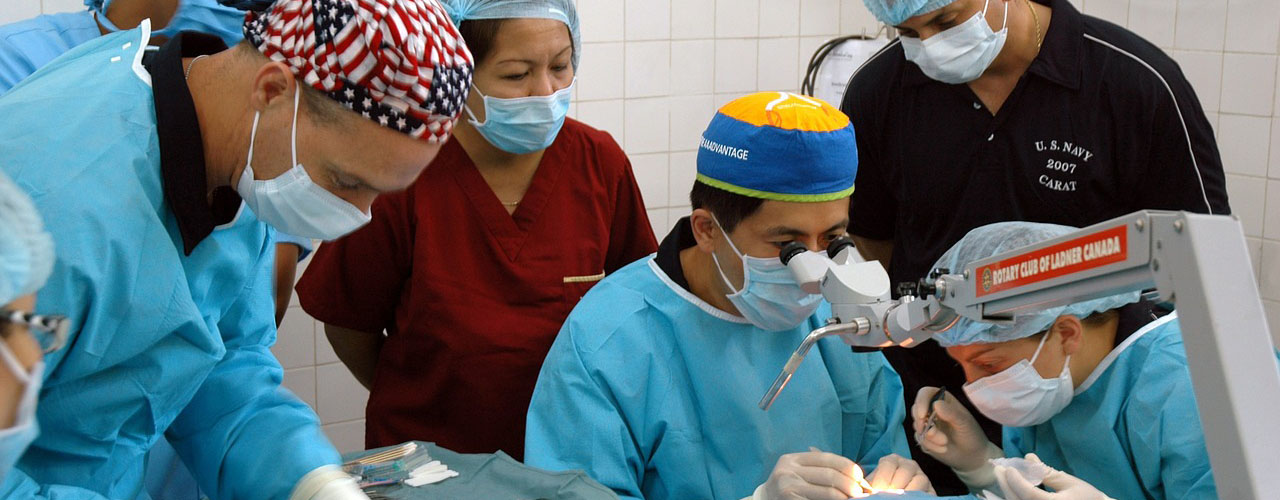Ear, Nose, and Throat (ENT) health is an important part of overall health and well-being. ENT specialists provide comprehensive care and treatment for a wide range of conditions affecting the ears, nose, and throat. These conditions can range from common colds and allergies to more serious issues such as hearing loss, sinus infections, and sleep apnea. ENT specialists are trained to diagnose and treat a variety of conditions, and they can provide relief from symptoms and improve quality of life. With the right care and treatment, ENT health can be managed and improved.
How ENT Specialists Can Help Diagnose and Treat Common Ear, Nose, and Throat Conditions
ENT specialists, also known as otolaryngologists, are medical professionals who specialize in diagnosing and treating conditions related to the ear, nose, and throat. These specialists are highly trained in the diagnosis and treatment of a wide range of conditions, from the common cold to more serious issues such as hearing loss, sinus infections, and throat cancer.
ENT specialists are able to diagnose and treat a variety of common ear, nose, and throat conditions. For example, they can diagnose and treat ear infections, sinus infections, and allergies. They can also diagnose and treat hearing loss, tinnitus, and balance disorders. In addition, they can diagnose and treat throat and voice disorders, such as laryngitis, vocal cord nodules, and vocal cord paralysis.
When diagnosing a condition, ENT specialists use a variety of methods, including physical exams, imaging tests, and laboratory tests. During a physical exam, the specialist will look inside the ears, nose, and throat to check for any abnormalities. Imaging tests, such as CT scans and MRIs, can be used to get a better look at the structures of the ear, nose, and throat. Laboratory tests, such as blood tests and cultures, can be used to identify any underlying infections or allergies.
Once a diagnosis is made, ENT specialists can provide a variety of treatments. For ear infections, they may prescribe antibiotics or ear drops. For sinus infections, they may recommend nasal sprays or oral medications. For allergies, they may recommend antihistamines or immunotherapy. For hearing loss, they may recommend hearing aids or cochlear implants. For throat and voice disorders, they may recommend speech therapy or surgery.
In conclusion, ENT specialists are highly trained medical professionals who specialize in diagnosing and treating a wide range of ear, nose, and throat conditions. They use a variety of methods to diagnose conditions and provide a variety of treatments to help patients manage their symptoms. If you are experiencing any symptoms related to the ear, nose, and throat, it is important to seek the help of an ENT specialist.
The Benefits of Early Detection and Treatment of ENT Health Issues
Early detection and treatment of ENT (ear, nose, and throat) health issues can provide numerous benefits to individuals. ENT health issues can range from minor to severe, and early detection and treatment can help to reduce the severity of the issue and prevent further complications.
One of the primary benefits of early detection and treatment of ENT health issues is that it can help to reduce the severity of the issue. By detecting and treating the issue early, individuals can reduce the risk of the issue becoming more severe or chronic. Early detection and treatment can also help to reduce the risk of the issue spreading to other parts of the body, which can lead to more serious health complications.
Early detection and treatment of ENT health issues can also help to reduce the amount of time and money spent on treatment. By detecting and treating the issue early, individuals can avoid costly and time-consuming treatments that may be necessary if the issue is allowed to progress. Early detection and treatment can also help to reduce the amount of time spent in recovery, as the issue can be addressed quickly and effectively.
Finally, early detection and treatment of ENT health issues can help to reduce the risk of long-term complications. By detecting and treating the issue early, individuals can reduce the risk of long-term damage to the ear, nose, and throat, which can lead to further health complications. Early detection and treatment can also help to reduce the risk of developing chronic conditions, such as hearing loss or sinusitis.
Overall, early detection and treatment of ENT health issues can provide numerous benefits to individuals. By detecting and treating the issue early, individuals can reduce the severity of the issue, reduce the amount of time and money spent on treatment, and reduce the risk of long-term complications. Early detection and treatment can help to ensure that individuals remain healthy and free from serious health issues.
Conclusion
In conclusion, ENT health is an important part of overall health and well-being. Comprehensive care and treatment of ENT health issues can help to prevent and manage a variety of conditions, from hearing loss to sinus infections. With the help of a qualified ENT specialist, individuals can receive the care and treatment they need to maintain their ENT health and improve their quality of life.



